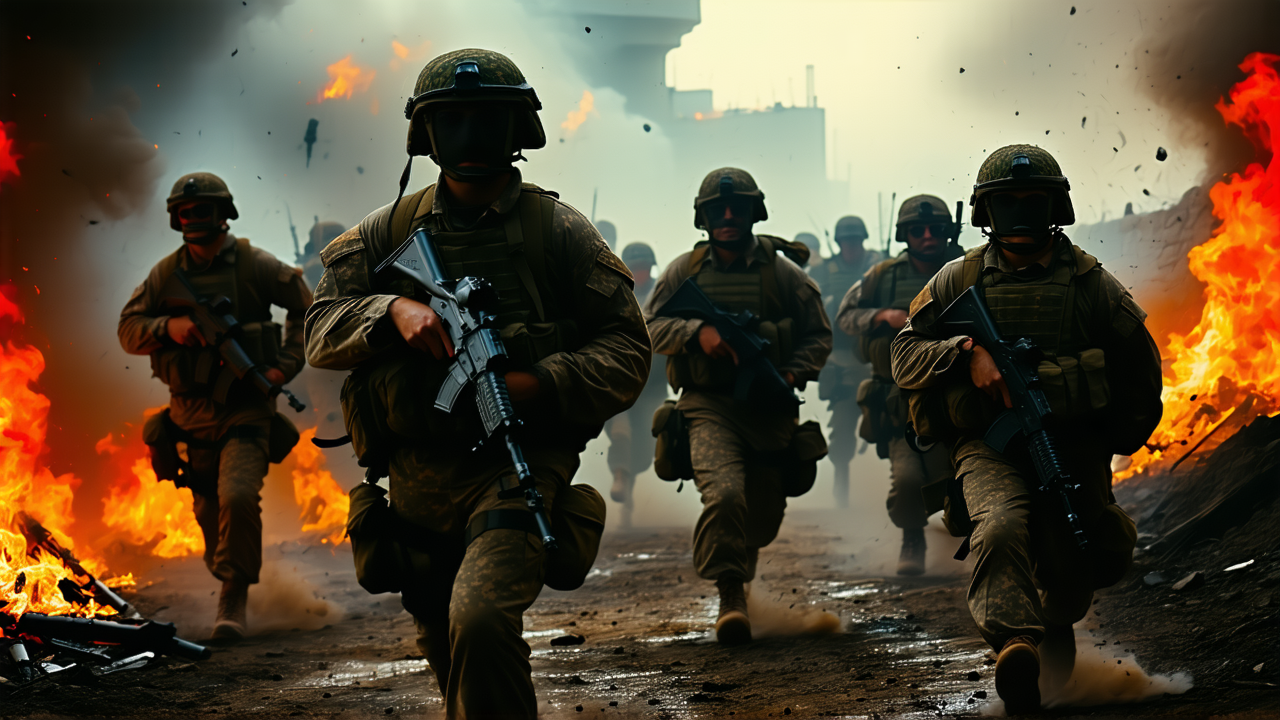Israel's War in Gaza Faces a Difficult Path Forward After Release of Hostage Videos
Israel's War in Gaza Faces a Difficult Path Forward After Release of Hostage Videos
The release of new videos showing Israeli hostages in dire conditions has reignited tensions and raised difficult questions about the future of the war in Gaza. These videos, released by Hamas and the Palestinian Islamic Jihad (PIJ), have sparked outrage in Israel and drawn international attention to the humanitarian crisis unfolding in the region.
For many Israelis, the war has been a source of both trauma and political debate. While some media outlets have focused on images of starvation and suffering in Gaza, others have emphasized the plight of Israeli hostages still held captive. The recent videos, showing two of the remaining 50 Israeli hostages, have captured global attention and forced a reckoning with the realities of the conflict.
The footage, which includes scenes of 21-year-old Rom Braslavski writhing in pain and 24-year-old Evyatar David digging what he said was his own grave, has sparked a wave of anger and confusion in Israel. Prime Minister Benjamin Netanyahu has called the videos evidence of Hamas' brutality, but the situation is far more complex than the government's rhetoric suggests.
Local human rights groups have criticized the government for exploiting the collective trauma of the Israeli population, while others have expressed frustration at the lack of progress in securing a ceasefire and a deal to free the hostages. The release of the videos has come at a precarious moment, with negotiations for a ceasefire and hostage exchange stalled for months.
International pressure on Israel has been mounting, particularly as images of starving Palestinian children have circulated globally. Despite repeated denials from the Israeli military and government, the humanitarian crisis has become increasingly difficult to ignore. Meanwhile, the release of the hostage videos has been seen as a deliberate move to highlight the suffering of captives and to draw attention to the lack of aid in Gaza.
Former hostage Yair Horn has said that captives can tell when aid is available in Gaza because they receive more food at those times. In response to the videos, Netanyahu reportedly called the head of the Red Cross delegation and demanded that food and medical care be provided to the hostages in Gaza. Hamas, in turn, said it would facilitate such support only if Israel reopened all humanitarian corridors into Gaza.
The situation is a delicate balancing act. The videos could push Israel toward a deal to free the hostages, but they could also embolden the government to escalate its military campaign in Gaza, which would carry severe consequences for the Palestinian population. The Israeli military has reportedly avoided targeting certain areas in central Gaza where captives may be hidden, but the risk of killing the very hostages the government claims to want to free remains high.
As the videos continue to circulate, the global response has been mixed. While some leaders have expressed growing support for the Palestinian population, the treatment of Israeli hostages has also been a point of contention. The mother of a former hostage, who was mistakenly killed during a botched rescue operation, has called for surrender to Hamas as the only way to bring the remaining hostages home.
Despite the shocking nature of the videos, the Israeli government has not yet made the plight of the hostages a central focus of its agenda. Instead, its attention has been on bolstering security for Netanyahu and his family, as well as on the sacking of the attorney-general. The prime minister has mentioned the war and the desire to bring hostages home, but the true direction of his plans remains unclear.
Whatever the outcome, Netanyahu's decisions are likely to have far-reaching consequences for the people of Gaza and the families of the hostages. The conflict continues to unfold with no clear resolution in sight, and the humanitarian crisis in Gaza remains a pressing concern for the international community.
